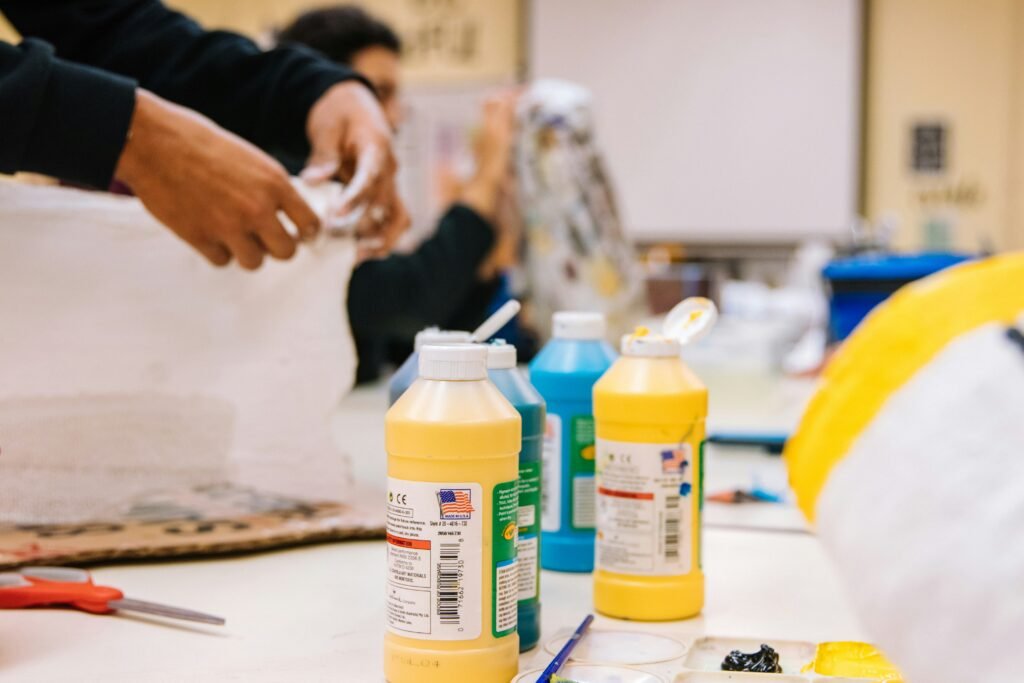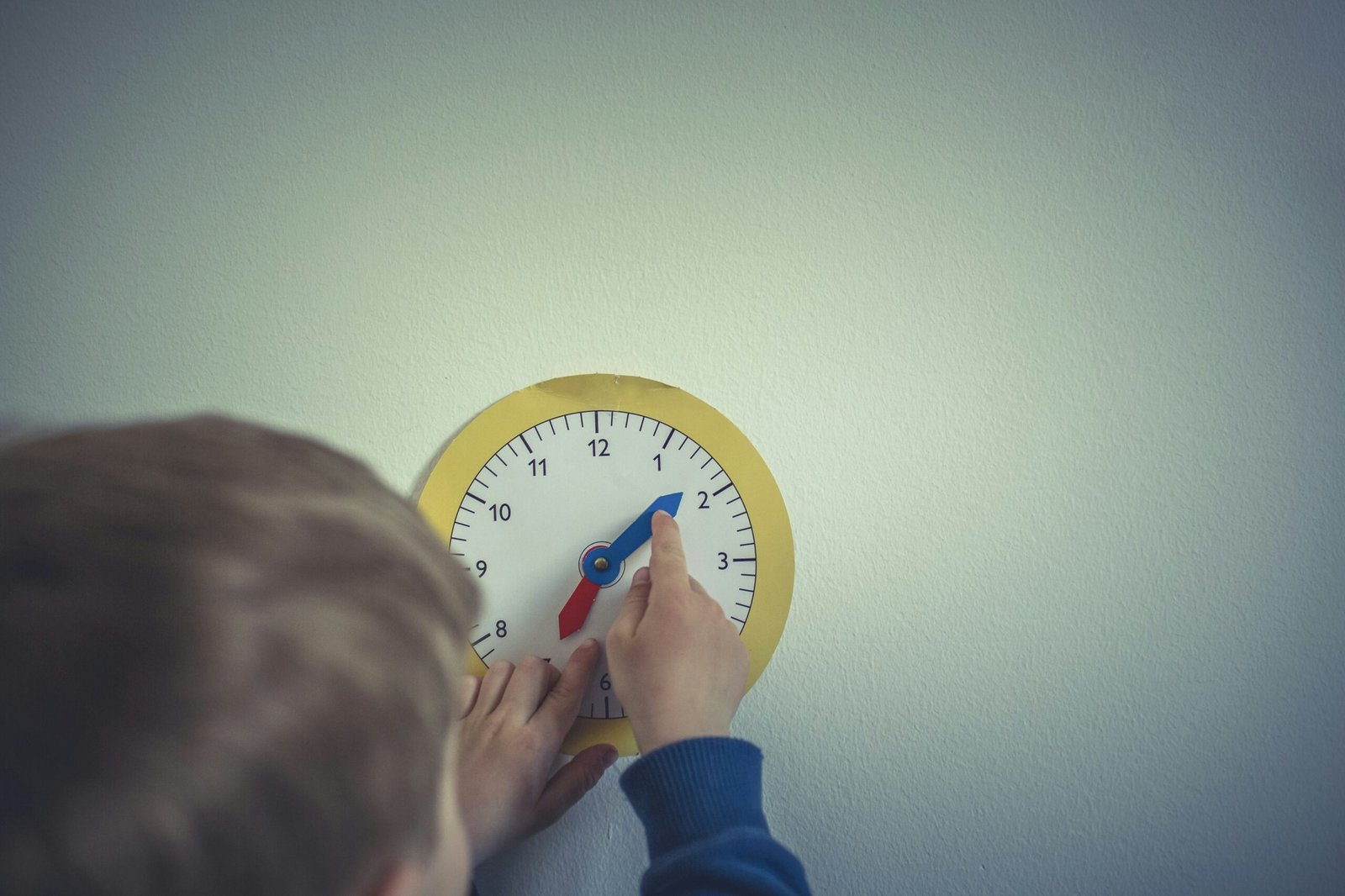Whether you’re a newbie to shooting or just looking to improve your skills, “Mastering the Basics: Beginner Shooting Exercises” is the ultimate guide to kick-starting your journey. Packed with a variety of beginner-friendly drills and exercises, this article equips you with the knowledge and practical tips you need to refine your shooting technique. Prepare to enhance your accuracy, control, and confidence on the range as you embark on this exciting adventure towards becoming a proficient shooter.
1. Shooting Stance
When it comes to shooting, your stance forms the foundation for accuracy and control. Proper foot placement is crucial to maintain stability and balance. Position your feet shoulder-width apart, with your dominant foot slightly staggered back. This will give you a solid base and help absorb recoil. Remember to keep your weight evenly distributed between both feet to maintain balance throughout the shooting process. Finally, ensure that your upper body remains relaxed. Tension in your muscles can affect your accuracy, so consciously relax your shoulders and arms.
2. Grip and Hand Position
Having a proper grip on your firearm is essential for control and accuracy. Start by using a two-handed grip, with your dominant hand holding the pistol grip and your support hand wrapping around it. Ensure that your dominant hand’s grip is firm but not overly tight to avoid inducing tremors. Additionally, position your dominant hand high on the backstrap of the firearm, allowing for better control and recoil management. Your support hand should apply pressure to the sides of the grip to achieve a secure and consistent grip.

This image is property of images.unsplash.com.
3. Sight Alignment
Maintaining proper sight alignment is crucial for accurate shooting. Your focus should be on the front sight, as it provides a reference point for your target. Ensure that the top of the front sight is aligned horizontally with the top of the rear sight. This alignment helps achieve accurate shots by ensuring that the barrel of the firearm is aligned with the target. Additionally, it is vital to be aware of your eye dominance. If you have a dominant eye, position it directly behind the rear sight for optimal sight alignment.
4. Trigger Control
Achieving precise trigger control is essential for accurate shooting. Proper finger placement is key to controlling the trigger. Place the center of the pad of your index finger on the trigger, ensuring that it does not move during the shooting process. You should aim for a smooth and steady press when pulling the trigger. Jerking or slapping the trigger can cause your shots to be off target. Practice maintaining consistent pressure without disturbing your sight alignment. Lastly, learn to reset the trigger quickly after each shot to prepare for subsequent shots.

This image is property of images.unsplash.com.
5. Breathing Techniques
Controlling your breath plays a vital role in maintaining stability and minimizing body movement during shooting. Begin by establishing a natural respiratory pause, which is the moment between inhaling and exhaling. This pause provides a steady platform for your shot. Time your shots with your exhale to take advantage of the momentary stillness during exhalation. By shooting at the bottom of your breath, you can reduce any respiratory-induced movement. Additionally, being aware of and managing breath control allows you to stay focused and maintain consistency in your shooting performance.
6. Follow-Through
Follow-through is often overlooked but is essential for accurate shooting. After taking a shot, it is crucial to keep your sight picture. Do not immediately lower your firearm or shift your focus. Instead, maintain your sight alignment and visual focus on the target for a brief moment. This follow-through allows you to analyze your shot and make necessary adjustments to your technique or aim. Additionally, remember to maintain your grip and stance after each shot. A consistent grip and stance promote stability and enable faster follow-up shots.

This image is property of images.unsplash.com.
7. Dry Fire Practice
Dry fire practice is an effective training technique that allows you to improve your shooting skills without using live ammunition. Unloaded weapon handling is a fundamental aspect of dry fire practice. Begin by ensuring that your firearm is unloaded and all ammunition is removed from the area. Focus on fundamental techniques such as your shooting stance, grip, sight alignment, and trigger control. Performing these exercises repeatedly helps develop muscle memory, enabling you to execute the proper technique automatically when live fire sessions are conducted.
8. Target Analysis
Analyzing your target is crucial for improving your shooting accuracy. By identifying shot placement, you can gauge your proficiency and make adjustments to your aiming techniques. Pay attention to the grouping and spread of your shots. Are they consistently centered on the target? Are they tight and grouped closely together? Based on the analysis, you can determine if any adjustments are needed in your grip, stance, sight alignment, or trigger control. Keep in mind that accurate shooting is a continuous learning process, and target analysis allows you to track your progress and identify areas for improvement.
9. Controlled Shooting Drills
Engaging in controlled shooting drills helps hone your shooting skills and build muscle memory. Start with slow and steady trigger presses, focusing on maintaining sight alignment throughout the process. This drill emphasizes precision and control rather than speed. Once you have mastered the slow press, progress to controlled double taps. Double taps involve firing two shots in quick succession while maintaining accuracy. This drill helps refine your trigger control and follow-through. Finally, practicing shooting on the move challenges your ability to maintain accuracy and stability while incorporating dynamic movement.
10. Shooting Accuracy Challenges
To enhance shooting accuracy, it is essential to challenge yourself with various scenarios. Shooting at small targets tests your precision and focus. By aiming at smaller targets, you refine your sight alignment and trigger control skills. Engaging moving targets presents a unique challenge, as you must lead your shots to compensate for the target’s motion. This drill improves your ability to track moving objects and adapt your shooting technique accordingly. Lastly, practicing shooting from different positions, such as kneeling or from cover, helps you become more versatile and proficient in various real-world shooting scenarios.
By incorporating these fundamental shooting exercises into your training routine, you can develop a solid foundation of skills and techniques. Remember that consistent practice and dedication are key to mastering the basics. As you progress, continue to challenge yourself with increasingly difficult drills and scenarios to further improve your shooting accuracy and overall proficiency.
